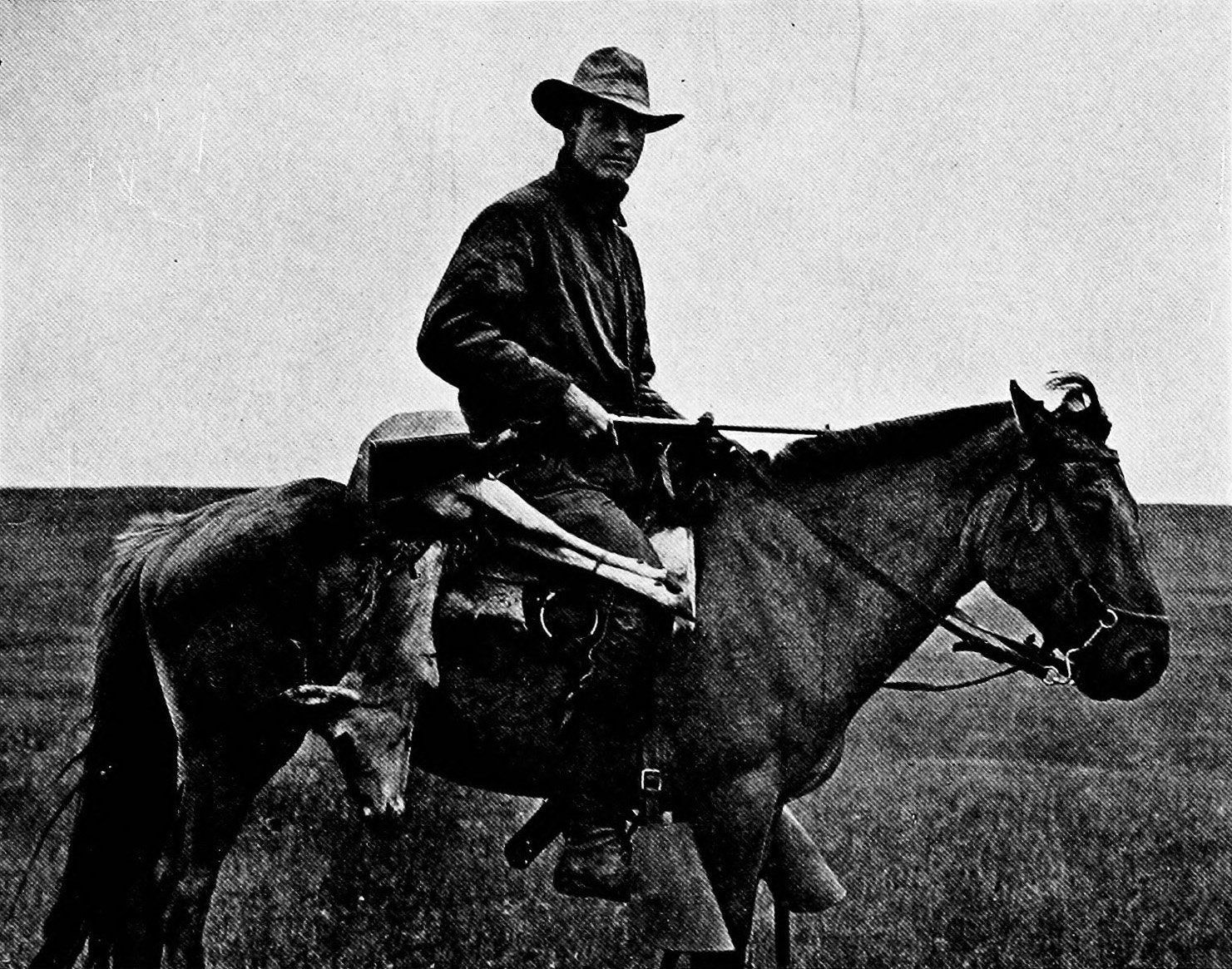Roy Chapman Andrews was a prominent American explorer and naturalist in the early 20th century. Born in Beloit, Wisconsin in 1884, Andrews developed a love for natural history at an early age, spending much of his childhood exploring the woods and fields around his hometown.
After completing his undergraduate degree at Beloit College, Andrews went on to earn a master's degree in vertebrate paleontology from Columbia University. He then joined the American Museum of Natural History in New York City, where he worked as a field collector and eventually became head of the Department of Vertebrate Paleontology.
Andrews is best known for his expeditions to the Gobi Desert in Mongolia in the 1920s, where he led a team of scientists on several expeditions to uncover the fossil remains of ancient animals and plants. During these expeditions, Andrews and his team made a number of important discoveries, including the first known specimen of the extinct species Protoceratops andrewsi, a small, horned dinosaur.
In addition to his work in paleontology, Andrews was also an avid naturalist and conservationist. He wrote several books about his expeditions and his work in natural history, and he was a vocal advocate for the protection of endangered species and the preservation of natural habitats.
Despite his many accomplishments, Andrews remains a controversial figure in the history of science. Some have criticized his methods and his tendency to sensationalize his discoveries, while others have praised his contributions to the field of paleontology and his efforts to promote the study of natural history.
Overall, Roy Chapman Andrews was a pioneering explorer and naturalist who made significant contributions to the fields of paleontology and natural history. His expeditions to the Gobi Desert and his efforts to promote conservation and understanding of the natural world continue to be remembered and celebrated today.


